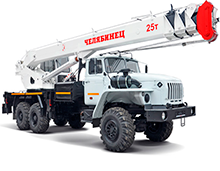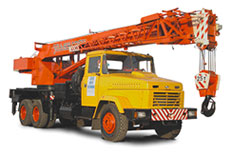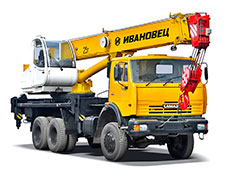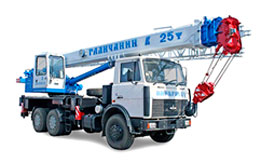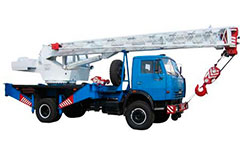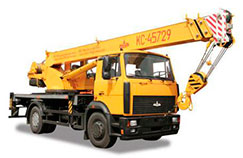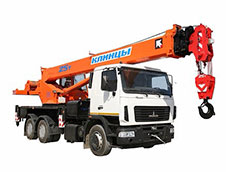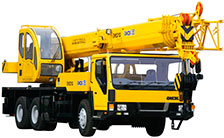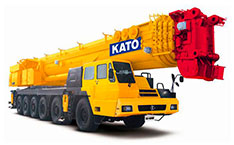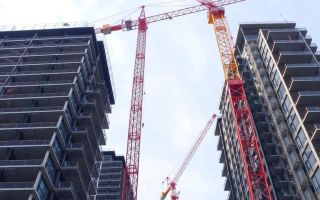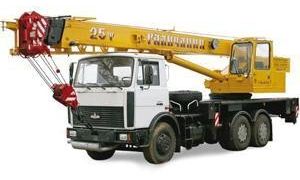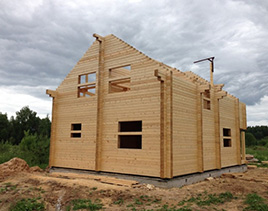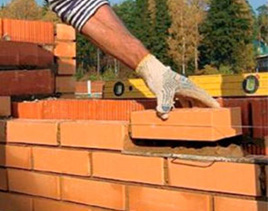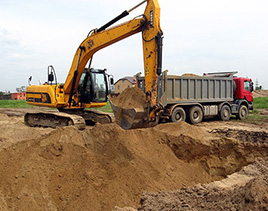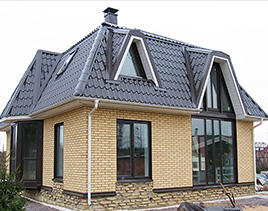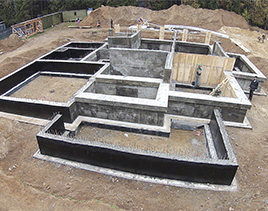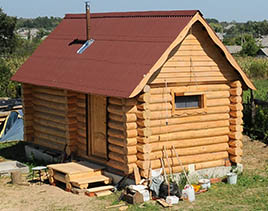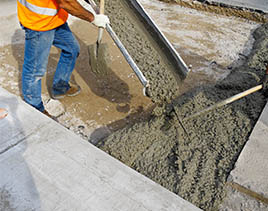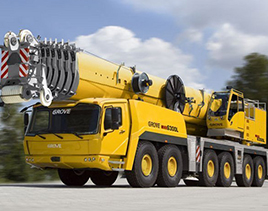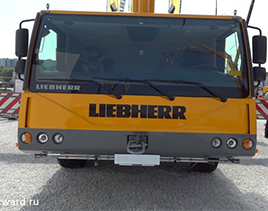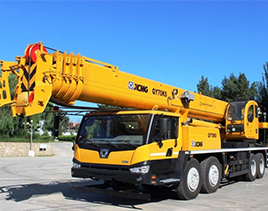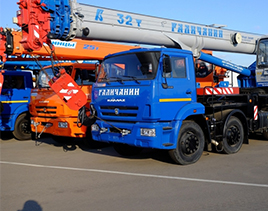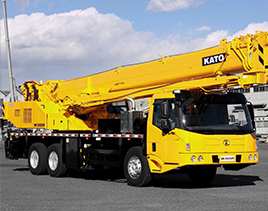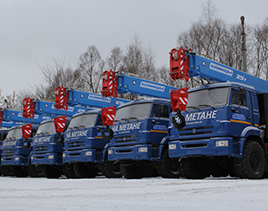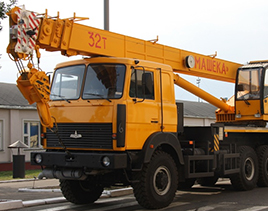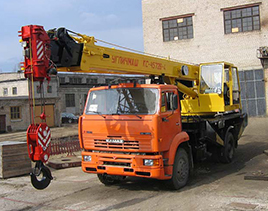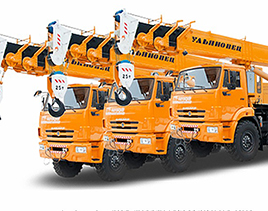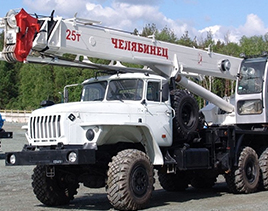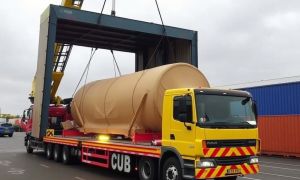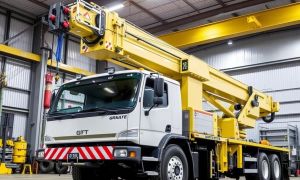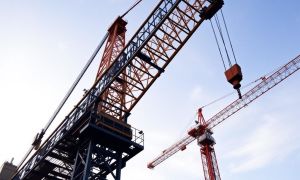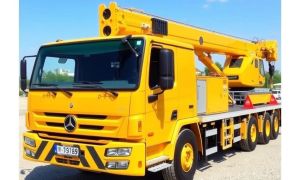Building a towering skyscraper is one of humanity’s most impressive feats of engineering and design. From concept to completion, every stage of construction demands precision, strength, and coordination. Among the many specialized machines and equipment working tirelessly on these projects, cranes stand out as the giants of the construction site. They play a pivotal role in shaping our cities and enabling architects to reach ever higher into the sky. If you have ever wondered how cranes are used in high-rise building construction, you’re about to discover the fascinating world behind these towering machines and the incredible work they do.
The Importance of Cranes in High-Rise Construction
High-rise buildings, by their very nature, require heavy materials to be transported vertically and horizontally in a controlled and efficient manner. Without cranes, the construction of these massive structures would be almost impossible or prohibitively slow. Cranes are engineered to lift, move, and precisely place large steel beams, concrete panels, glass windows, and countless other building materials high above the ground. This capability is not only essential for the speed of the project but also for safety. Using cranes minimizes the need for manual labor in hazardous situations and ensures that materials arrive exactly where they are needed.
As cities grow and buildings rise ever higher, the role of cranes becomes even more crucial. Understanding how cranes are used in high-rise building construction means appreciating the complexity behind their operation, the types of cranes involved, and how they are integrated into the construction timeline.
Types of Cranes Used in High-Rise Building Construction
Not all cranes are created equal, especially when it comes to the specific demands of high-rise construction. There are several different types of cranes frequently used, each designed for a specific function. Here’s a look at the most common cranes you’ll see on a high-rise construction site:
| Crane Type | Main Features | Typical Use in High-Rise Construction |
|---|---|---|
| Tower Cranes | Fixed to the ground or building; tall mast; long horizontal jib | Lifting heavy steel and concrete above the building’s height; main lifting crane on site |
| Mobile Cranes | Mounted on a truck or crawler; flexible movement | Delivering materials around the site; initial stages of construction |
| Crawler Cranes | Tracks for stability; heavy lifting capacity | Handling extremely heavy loads during foundation and structural assembly |
| Hammerhead Cranes | Fixed mast; horizontal jib with trolley; heavy-duty lifts | Lifting large components and materials at great heights on skyscrapers |
Each type of crane plays a unique role in the complex choreography of building a high-rise. Tower cranes, in particular, are synonymous with skyscraper construction. Their ability to reach several hundred feet into the air and cover a large radius around the building site makes them indispensable.
How Tower Cranes Operate on High-Rise Sites
Tower cranes are the signature image we associate with tall building construction. But how exactly are they used? Typically, a tower crane is assembled on the ground and then “climbed” as the building grows taller. The crane’s mast, or vertical tower, is anchored to a concrete foundation to ensure stability. The horizontal jib extends out to deliver materials as far as 230 feet or more from the tower’s centerline.
The magic of tower cranes lies in their ability to lift incredibly heavy loads and place them with remarkable precision. A typical tower crane can lift between 10 to 20 tons depending on the model and configuration. Moreover, as the building rises, the crane itself goes up — either by adding mast sections or by being attached to the building’s structure, climbing along with it.
Operators use advanced controls to maneuver the trolley (which carries the load) along the horizontal jib, while the entire boom can rotate 360 degrees. This flexibility is vital when dealing with tight city blocks and complex site layouts.
Climbing and Jib Extending Techniques
One of the most fascinating aspects is how cranes “grow” along with the building. By using a climbing frame or “ringer,” tower cranes can be incrementally raised higher as the floors increase in height.
During this process, the crane lifts a new section of its mast into place and locks it securely before moving on to the next level. This method ensures continuous crane operation without interrupting the construction workflow.
At the same time, the jib length or configuration may also be adjusted depending on the extent of the building footprint. For example, a longer jib can reach across adjacent streets or other obstacles to deliver materials precisely where they are needed.
Crane Safety Measures and Challenges at Great Heights
Operating cranes at dizzying heights is no small task—it’s a delicate balance of mechanical engineering, weather conditions, and human skill. The safety measures surrounding crane use in high-rise construction are stringent, and for good reason.
High wind speeds, sudden gusts, and storms pose significant risks to crane stability. Therefore, crane operators must constantly monitor weather conditions, sometimes ceasing operations to prevent accidents. Modern cranes are equipped with wind speed monitors and automatic shutoff systems that activate when conditions become unsafe.
Additionally, the site itself is filled with potential hazards such as obstacles for the jib, workers on platforms, and uneven material loads. To combat these challenges, cranes are subject to daily inspections, rigorous maintenance, and operator training programs that emphasize safety protocols.
Training and Coordination
The human element in crane operation should not be underestimated. Crane operators must be highly skilled and certified professionals. Clear communication on-site is critical. Spotters, riggers, and crane operators work as a team using radios and hand signals to coordinate each lift.
This coordination ensures the synchronized movement of materials and avoids collisions with structures or other equipment. Without this precise choreography, delays and accidents could compromise both safety and project timelines.
Innovations and Technology Enhancing Crane Efficiency
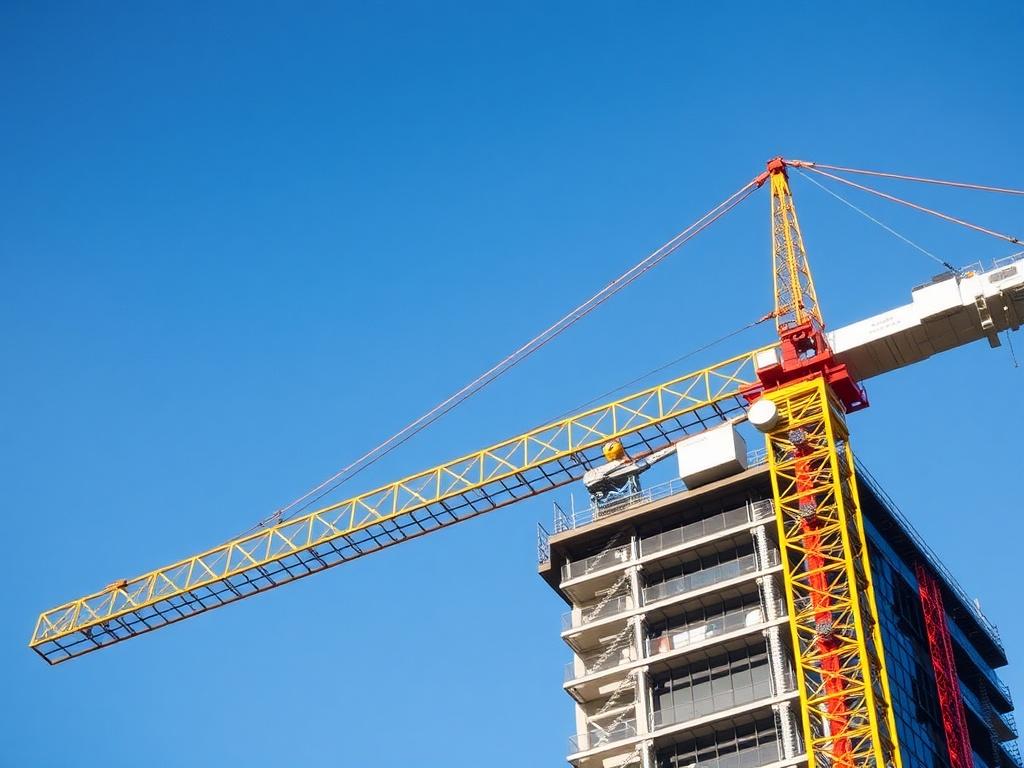
The world of crane technology is evolving rapidly. Innovations such as automation, remote operation, and smart sensors are transforming how cranes are used in high-rise building construction. These advancements contribute to safer, faster, and more efficient projects.
For instance, some modern tower cranes are equipped with 3D cameras and laser scanning devices to help operators navigate tight spaces and place loads more accurately. Remote control systems allow operators to work from a safer location, improving visibility and reducing fatigue.
Moreover, data analytics and IoT (Internet of Things) devices monitor the crane’s performance, structural health, and environmental conditions in real time. This data enables predictive maintenance, preventing costly breakdowns and extending the lifespan of the crane.
Integrating Cranes Into the Construction Timeline
Timing is everything in high-rise construction, and cranes are often the linchpin in project scheduling. From the initial site setup through to the final glass panels, cranes must be meticulously planned into each phase.
Here’s a typical integration of cranes in the construction timeline:
- Site Preparation: Mobile or crawler cranes deliver heavy machinery and materials.
- Foundation Work: Crawler cranes lift rebar cages and concrete buckets.
- Structural Frame Assembly: Tower cranes install steel beams and columns.
- Enclosure and Facade Installation: Cranes lift window panels, cladding, and external elements.
- Mechanical and Interior Work: Smaller cranes or lifts handle HVAC units and fixtures.
- Final Stages and Demobilization: Cranes are gradually dismantled or repurposed for finishing tasks.
Careful planning ensures that cranes arrive just when needed, minimizing idle time and avoiding conflicts with other equipment or tradespeople.
Case Study: Constructing a 50-Story Skyscraper
To put everything into perspective, consider a real-world example of a 50-story skyscraper being erected in a busy urban center. Early stages require mobile cranes to unload steel and concrete from trucks. Then, a tower crane is installed on a concrete pier foundation.
As floors rise, the tower crane climbs with the building, lifting steel beams and connecting them at height. Simultaneously, workers attach the façade panels lifted by the crane’s jib. Weather concerns are monitored daily, and operations cease if winds exceed safe levels.
Through careful scheduling, the crane’s presence enables the building to progress several floors per week, highlighting the crucial role cranes play in high-rise construction efficiency.
Common Challenges Encountered When Using Cranes in High-Rise Projects
Despite their design and technology, cranes face numerous challenges in the demanding environment of skyscraper construction. Some of the common issues include:
| Challenge | Description | Impact on Construction |
|---|---|---|
| Wind and Weather | High winds or storms can halt operations for safety. | Delays and rescheduling of heavy lifts. |
| Space Constraints | Urban sites have limited room for crane placement and maneuvering. | Requires careful planning and coordination. |
| Height and Reach Limitations | Cranes must grow with the building and maintain stability. | Complex lifting and climbing equipment needed. |
| Coordination with Other Trades | Simultaneous work by multiple teams increases risk of interference. | Needs clear communication and scheduling. |
Addressing these challenges requires not only robust equipment but intelligent project management.
Environmental and Economic Benefits of Modern Crane Usage
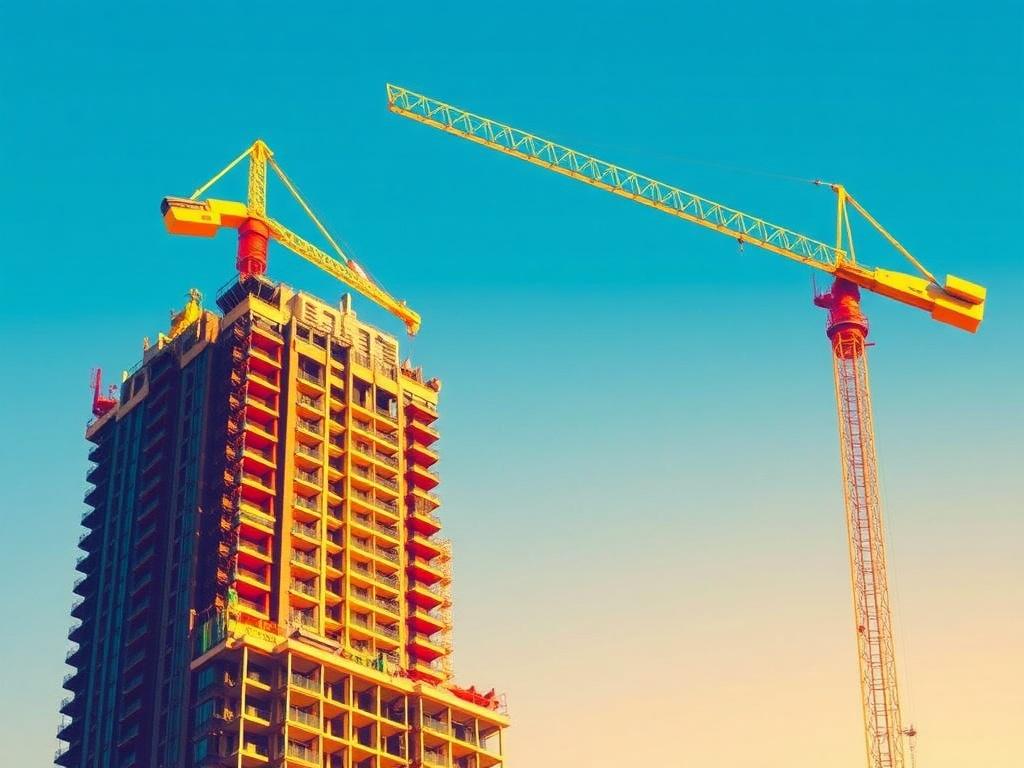
Beyond their critical function, modern cranes contribute positively to environmental and economic outcomes. Efficient cranes reduce the time heavy machinery operates, lowering fuel consumption and emissions. Remote operation and automation improve accuracy, reducing material waste from misplacement or damage.
Economically, faster construction helps developers complete projects on time, meeting market demands and reducing financing costs. Additionally, cranes’ ability to lift heavy prefabricated components supports off-site manufacturing, which can be more sustainable and cost-effective.
Summary of Crane Benefits in High-Rise Construction
- Enhanced speed and productivity
- Improved worker safety by minimizing manual lifting
- Greater precision in placing materials
- Support for innovative building designs with complex shapes and heights
- Reduction in environmental impact through efficiency
Looking Ahead: The Future of Cranes in Skyscraper Construction
As architectural ambition continues to push the envelope with super-tall and complex buildings, crane technology will evolve alongside. Concepts such as self-assembling cranes, drones assisting with minor lifts, and AI-controlled operations are on the horizon.
Materials used in cranes are becoming lighter yet stronger, enabling higher reach without sacrificing safety. The integration of virtual reality and augmented reality could help operators visualize lifts in 3D before executing them, reducing risks.
With urban spaces becoming more crowded, cranes will need to become more compact and versatile, adapting to tight environments while maintaining performance.
Emerging Technologies to Watch
| Technology | Description | Potential Impact |
|---|---|---|
| AI and Machine Learning | Data-driven lift planning and real-time adjustments | Higher safety and efficiency |
| Augmented Reality (AR) | Enhanced visualization for operators | Reduced errors and faster lifts |
| Autonomous Cranes | Remote and automatic operation | Minimized human risk and extended operation hours |
These future developments promise to make cranes not just the giants of construction but also the smartest machines on site.
Conclusion

Cranes are indispensable heroes in the story of high-rise building construction. They embody a perfect harmony of engineering, technology, and human skill, enabling skyscrapers to rise confidently above our cities. From their various types to their operation, safety measures, and ongoing innovations, cranes are at the heart of every vertical leap we take in architecture. Understanding how cranes are used in high-rise building construction not only reveals the challenges behind these monumental projects but also deepens our appreciation for the precision and effort needed to build the skylines of the future. As technology advances, these machines will only become more vital and sophisticated, supporting ever taller, safer, and more sustainable buildings that shape the way we live and work for generations to come.

